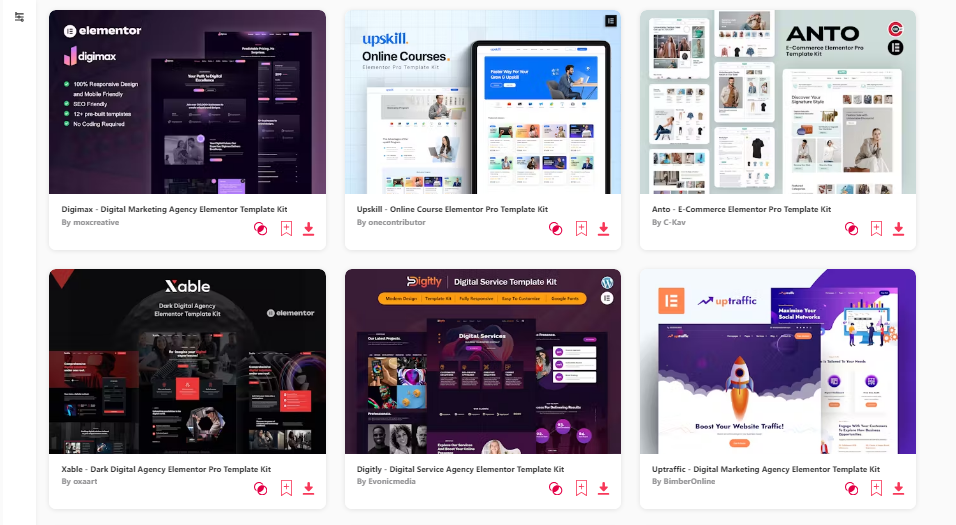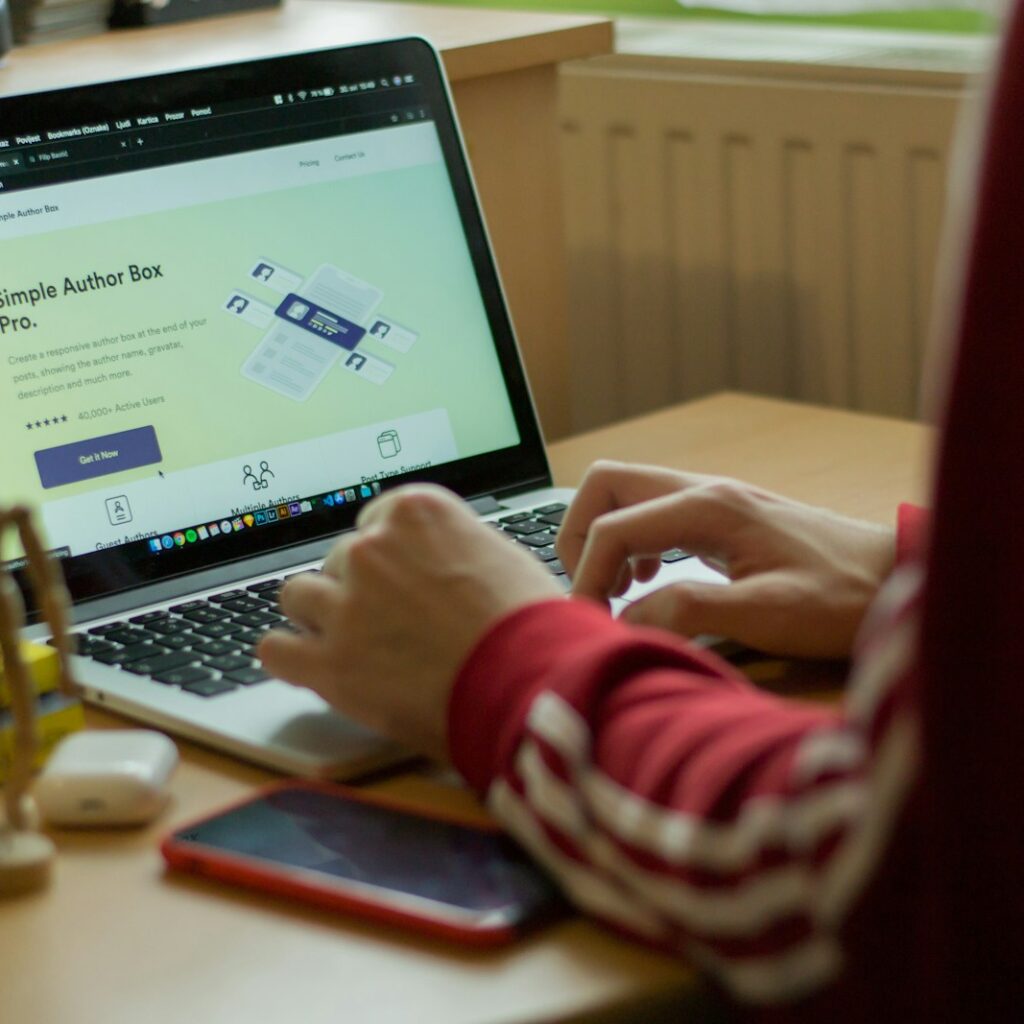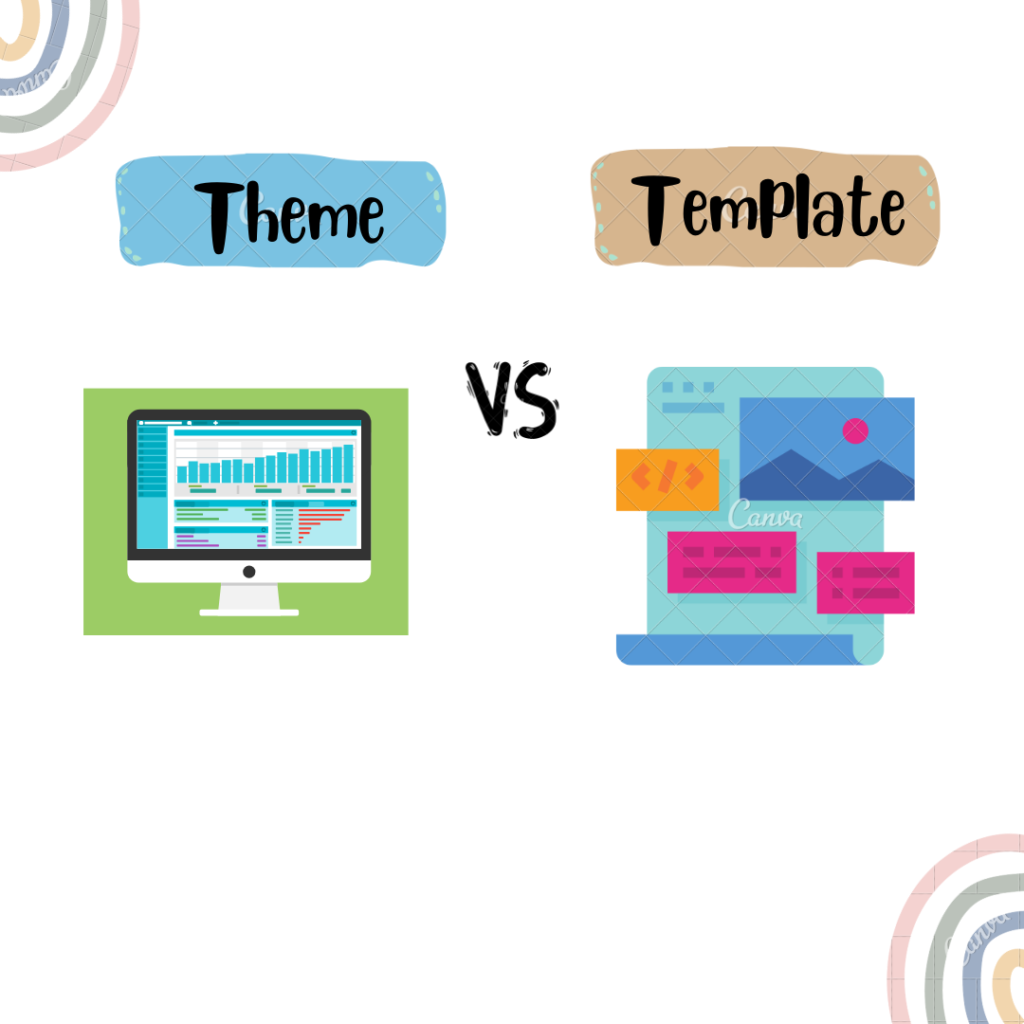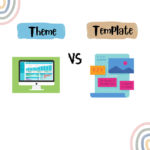Table of Contents
The world of WordPress can be a treasure trove for building your dream website. However, for beginners, navigating the technical jargon can be overwhelming. Two terms that often cause confusion are WordPress themes and templates. While both influence the look and feel of your website, they serve distinct purposes. This comprehensive guide will shed light on the differences between WordPress themes and templates, empowering you to make informed decisions for your website’s design and functionality.
What is a WordPress Theme?

Think of a WordPress theme as the foundation and overall aesthetic of your website. It determines the visual style, layout structure, and basic functionality of your entire site. Just like choosing an outfit, selecting the right theme sets the tone for your online presence. Here’s a breakdown of the key aspects a WordPress theme governs:
- Visual Design: This encompasses the color scheme, typography (fonts), layout (arrangement of elements), and overall visual style of your website. A theme dictates the aesthetic that greets your visitors and shapes their first impression.
- Header & Footer: These crucial elements house your website’s logo, navigation menus, and any call-to-action buttons. The theme defines the design and functionality of these areas, impacting user experience and navigation.
- Content Display: Themes determine how your website showcases its content, including blog posts, pages, images, and multimedia elements. This could involve the use of grids, sidebars, featured image placements, and other layout elements.
- Navigation: A well-designed theme ensures seamless user experience by providing clear and intuitive menus. Themes define the layout and functionality of navigation elements, making it easy for visitors to find the information they seek.
Key Features of a WordPress Theme
The beauty of WordPress themes lies in their versatility and ease of customization. Here’s a closer look at the features that make them a powerful tool for website creation:
- Multiple Theme Options: WordPress boasts a vast library of free and premium themes catering to diverse needs and aesthetics. Whether you’re building a personal blog, an e-commerce store, or a professional portfolio, there’s a theme out there to perfectly match your vision.
- Customization Potential: Most themes offer a level of customization, allowing you to tweak specific aspects without diving into code. This could involve changing color palettes, selecting different fonts, or adjusting layout elements using a user-friendly theme customizer within the WordPress dashboard.
- Responsive Design: In today’s mobile-first world, a responsive theme is crucial. A responsive theme ensures your website adapts seamlessly to different screen sizes, providing an optimal viewing experience on desktops, tablets, and smartphones. This is essential for maintaining user engagement across various devices.
- Theme Features: Some themes go beyond aesthetics by offering built-in features that enhance functionality. These may include sliders for showcasing featured content, contact forms for user interaction, and social media integration buttons for increased reach.
Demystifying WordPress Templates

Now that we’ve explored the world of themes, let’s delve into the realm of WordPress templates. Unlike themes that govern your entire website, a template focuses on the layout and structure of individual pages. Think of it as a blueprint for specific sections of your website, allowing for more granular control over their appearance. Here are some common examples of WordPress templates:
- Blog Post Template: This template defines how individual blog posts are displayed on your website. It typically includes elements like the post title, featured image, content area, author information, and comment section.
- Landing Page Template: Landing pages are designed for specific goals, such as capturing leads or promoting a product. A landing page template allows you to create a focused layout with targeted content and clear calls-to-action optimized for conversions.
- Contact Page Template: This template dictates the layout and functionality of your website’s contact page. It typically includes a contact form, your address and contact details, and potentially a map integration.
How Templates Work with Themes
The relationship between themes and templates is one of synergy. While a theme sets the overall design framework, templates allow for customization on a more granular level. Here’s how they work together:
- Theme-Included Templates: Many themes come pre-built with a selection of templates for common page types like blog posts, contact pages, and landing pages. This provides a convenient starting point for creating your website’s content sections.
- Standalone Templates: If the theme’s built-in templates don’t meet your specific needs, you can install additional templates from third-party developers. This expands your design options and allows for greater flexibility in creating unique layouts for specific pages.
- Mixing and Matching: The beauty of WordPress lies in its flexibility. You’re not restricted to using a single template for all your pages within the same theme. You can mix and match different templates to cater to the specific functionalities of various pages on your website. For instance, you might use a standard blog post template for most blog entries, but utilize a dedicated landing page template for a crucial sales promotion. This allows you to optimize each page for its intended purpose.
Benefits of Using WordPress Templates

Here’s a breakdown of the advantages associated with using WordPress templates:
- Enhanced Design Flexibility: Templates provide an extra layer of customization beyond what a theme offers. You can create unique layouts for specific pages, catering to their individual functionalities and content types. This allows you to tailor the user experience for each section of your website.
- Improved User Experience: Strategic use of templates can enhance user experience by creating focused layouts for different pages. Landing pages with clear calls to action, dedicated contact forms, and product pages with detailed information all benefit from targeted template design.
- Streamlined Workflow: Templates often come pre-designed with placeholders for specific content elements. This can save you time when creating new pages, as you can simply replace the placeholder text and images with your own content.
Choosing the Right Tool: Themes vs. Templates
Now that you understand the distinctions between themes and templates, you might be wondering which one to prioritize. The answer lies in the specific goal you’re trying to achieve:
- Overall Design: When establishing the visual identity and core functionality of your website, select a theme that aligns with your brand and website’s purpose. The theme sets the foundation for your website’s aesthetic and user experience.
- Specific Layouts: Once you have a theme in place, leverage templates to customize the layout and functionality of individual pages. This allows you to tailor different sections of your website for their intended goals.
Here’s an analogy to solidify the concept: Imagine building a house. The theme is like choosing the architectural style (Victorian, modern, etc.) for your entire house. Templates are like deciding on the specific layout for individual rooms (open kitchen, walk-in closet, etc.) within your chosen architectural style.
Common Concerns Addressed: Themes vs. Templates
As you delve into the world of WordPress customization, you might encounter a few lingering questions. Here are some common concerns addressed:
- Can I change themes after installing one? Absolutely! WordPress allows you to switch themes easily. However, keep in mind that switching themes might require adjusting layouts and potentially reinstalling plugins specific to the previous theme.
- Do I need to use a template for every page? Not necessarily. Many themes come with a default template that applies to all pages if you don’t assign a specific template. However, using templates for crucial pages like landing pages and contact forms is highly recommended for optimal user experience and conversion rates.
- Where can I find WordPress themes and templates? There are two primary sources: the official WordPress theme directory offers a vast selection of free themes, while premium themes with advanced features and customization options can be purchased from reputable theme marketplaces like ThemeForest or StudioPress.
Advanced Considerations: Child Themes and Page Builders
As you gain experience with WordPress customization, you might encounter two advanced concepts: child themes and page builders.
- Child Themes: A child theme allows you to make modifications to a theme’s code without affecting the core theme files. This is crucial if you plan on making frequent customizations or anticipate future theme updates. Updates to the parent theme won’t overwrite your customizations in the child theme.
- Page Builders: Page builders are plugins that offer a visual drag-and-drop interface for creating custom layouts. They provide a user-friendly way to build layouts beyond the limitations of pre-built templates, especially for those less comfortable with code. However, some page builders can add bloat to your website, so it’s essential to choose a lightweight and reputable option.
Conclusion: Building a Beautiful and Functional Website with Themes and Templates
Understanding the difference between WordPress themes and templates empowers you to make informed decisions when shaping your website’s design and functionality. By leveraging themes to establish your website’s core aesthetic and utilizing templates for targeted page layouts, you can create a visually appealing and user-friendly website that achieves your online goals. Remember, the key lies in striking a balance between a cohesive overall design and the flexibility to cater to your website’s diverse content needs. With this knowledge in hand, you’re well on your way to crafting a remarkable website on WordPress!







